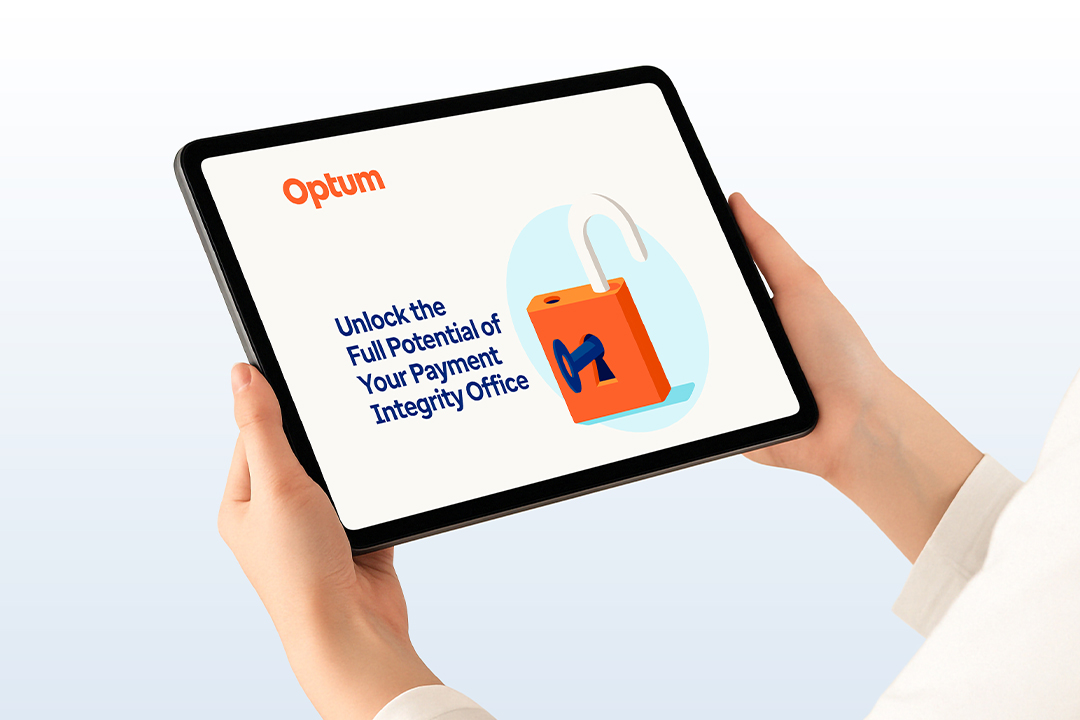Staffing shortages continue to be a challenge in healthcare, so it makes sense that providers would begin to rely on artificial intelligence (AI) solutions to handle some non-clinical tasks and processes. While AI tools can help improve efficiency and accuracy, there are implications for health plans and others who rely upon the outputs from these tools.
Take a look at the 4 most common ways providers are beginning to incorporate AI into their practices and find out how these developments could impact health plans.




